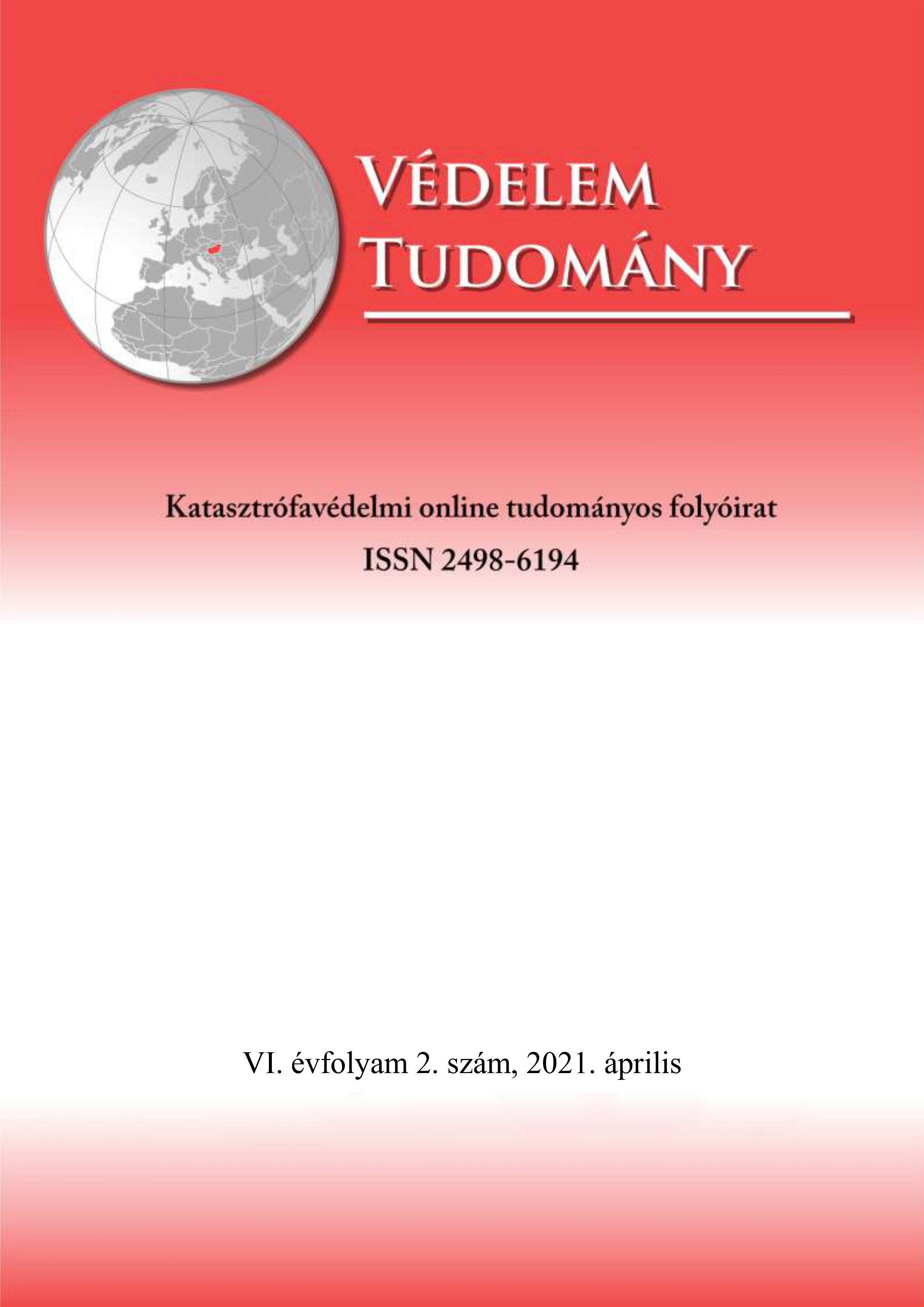The basics of the fire protection in smart buildings, smart cities II.
Abstract
Nowadays, the official and professional, authority procedures of fire protection and fire protection planning are taking place in a virtual space. Administration is typically done electronically, which takes place in the form of e-government within the digital state. However, the methods consist of static elements and, although they apply the state of the art, they do not take advantage of their potential. In this paper, we analyze the real-time integration of all actors in complex fire protection in a virtual space through e-government within the digital state. In order to achieve this, it is necessary to develop a method for the application of dynamic fire protection projects based on BIM, innovative engineering methods, to define a set of tools that can be used to create smart cities in the field of fire protection. In the research, the authors examined and presented the order of the hungarian fire protection authority and official authority procedures, and the relevant systems of e-government. We analyzed the possibilities of fire safety of smart buildings created by innovative engineering methods in innovative systems, and the way to develope the fire protection network.
References
Érces G.: Katasztrófavédelmi háló, Rendvédelem Tudományos Folyóirat (on-line), VII. 1. (2018), pp. 68-102. http://www.bm-tt.hu/assets/letolt/folyoi/2018_1.pdf
H. Ziebs: Erfolgreiches Schutzkonzept am Beispiel Allianz Arena, Bundesverband Technischer Brandschutz e. V. (bvfa), Feuerlöschanlagen (2014) 6-11.
Noskó Zs., Komjáthy L.: Android alapú döntéstámogatás a veszélyes áruk szállításával kapcsolatos baleseteknél, Bolyai Szemle, 2014: (3) pp. 230-235.
Kanyó F., Bauer M.: A tűzoltók fizikai állapotfelmérésének új alapjai, http://www.vedelem.hu/letoltes/anyagok/206-a-tuzoltok-fizikai-allapotfelmeresek-uj-alapjai.pdf (letöltés dátuma: 2016. 10. 15.)
Pántya P.: Eredmények a tűzoltók beavatkozói készségének növelésében, Bolyai Szemle XXIV. évf. 4. 2015. pp. 172-180.
Kulcsár S., Rab J., Sárdi A., Szemerey S.: Smart City Tudásplatform, Lechner Tudásközpont, 2015, pp. 84.
Szikra Cs., Takács L. G.: Tűzesetek vizsgálata FDS szimuláció alkalmazásával,https://www.vedelem.hu/files/UserFiles/File/aktualis/20170228/szikra-takacs.pdf (A letöltés
dátuma: 2017. május 4.)
http://okosvaros.lechnerkozpont.hu/hu (A letöltés dátuma: 2017. 09.30.)
Bakonyi P., Cinkler T., Csoknyai T., Hanák P., Kovács K., Prikler R., Rohács D., Sallai Gy.: Smart City megoldások hat kulcsterületről, Budapest, BME EIT, 2016., pp. 32., ISBN:978-963-313-229-6
Kátai-Urbán L.– Sibalinné Fekete K. – Vass Gy.: Hungarian regulation on the protection of major accidents hazards, Journal of Environmental Protection Safety, Education and Management, 4: (3), (2016) pp. 83-86.
Érces G.: A BIM és a tűzvédelem I-II-III. rész, Védelem Tudomány Katasztrófavédelmi Online Tudományos Folyóirat 4 (4), 5 (2), 5 (3).




